Hospital staff share their experiences for Hispanic Heritage Month
Family, mentors and role models play a key role in success
Contributors to this story
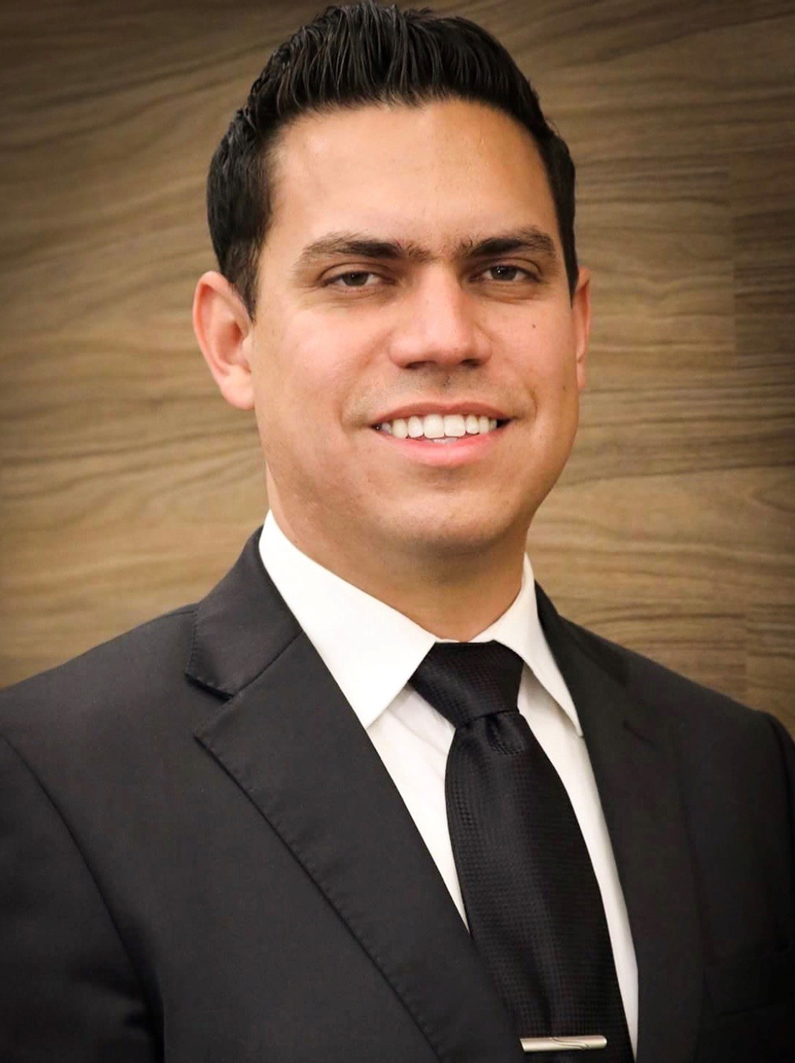
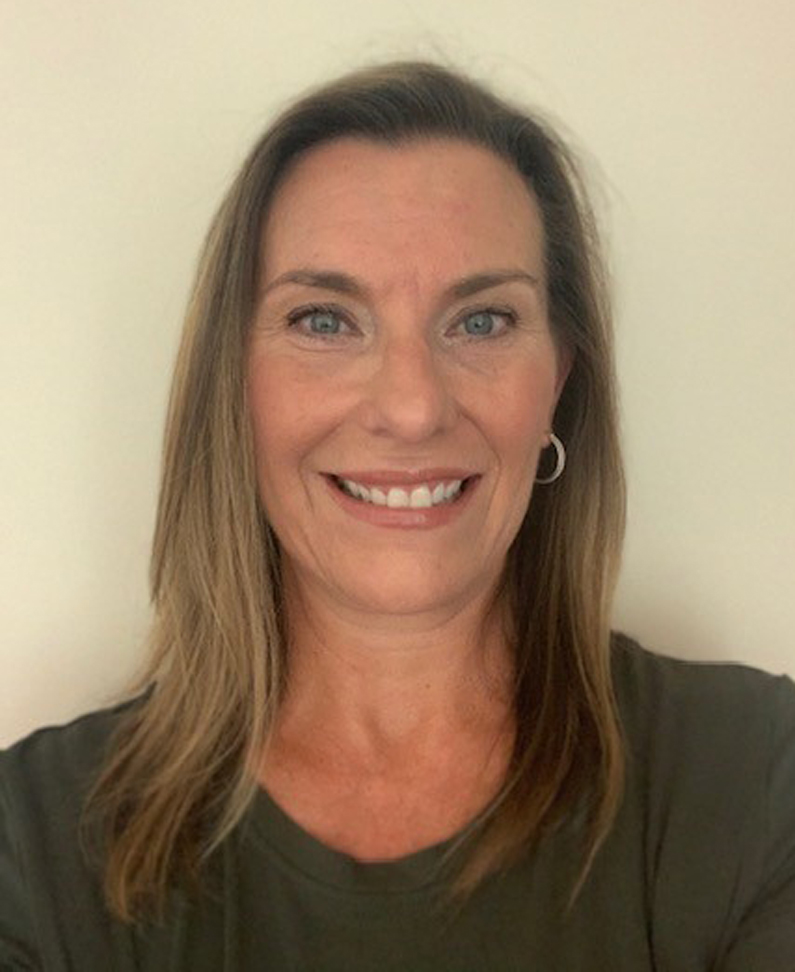
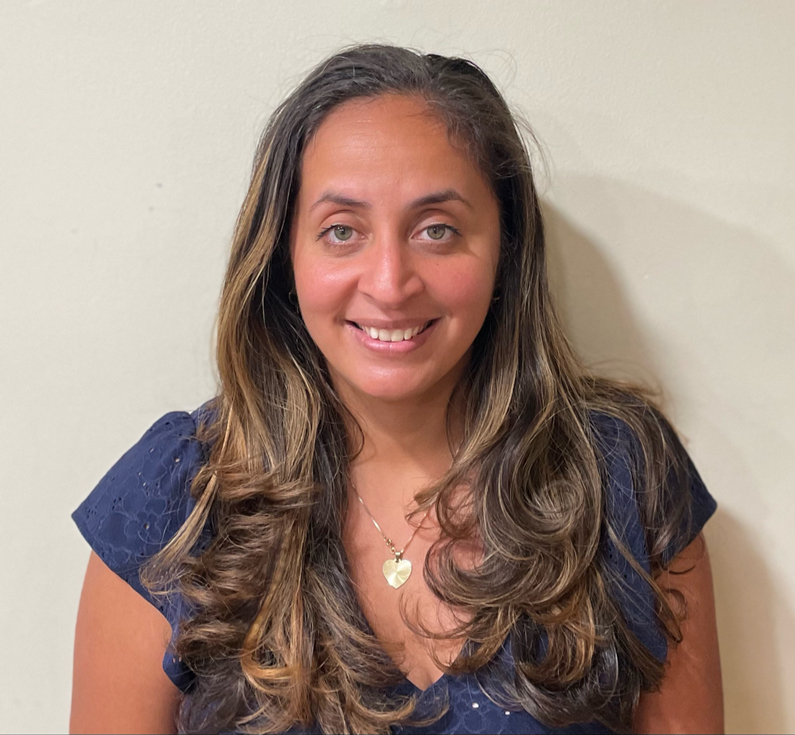
Maritza Frazer-Sinclair, a program specialist in the Health Information Management Division of the Department of Clinical Research Informatics.
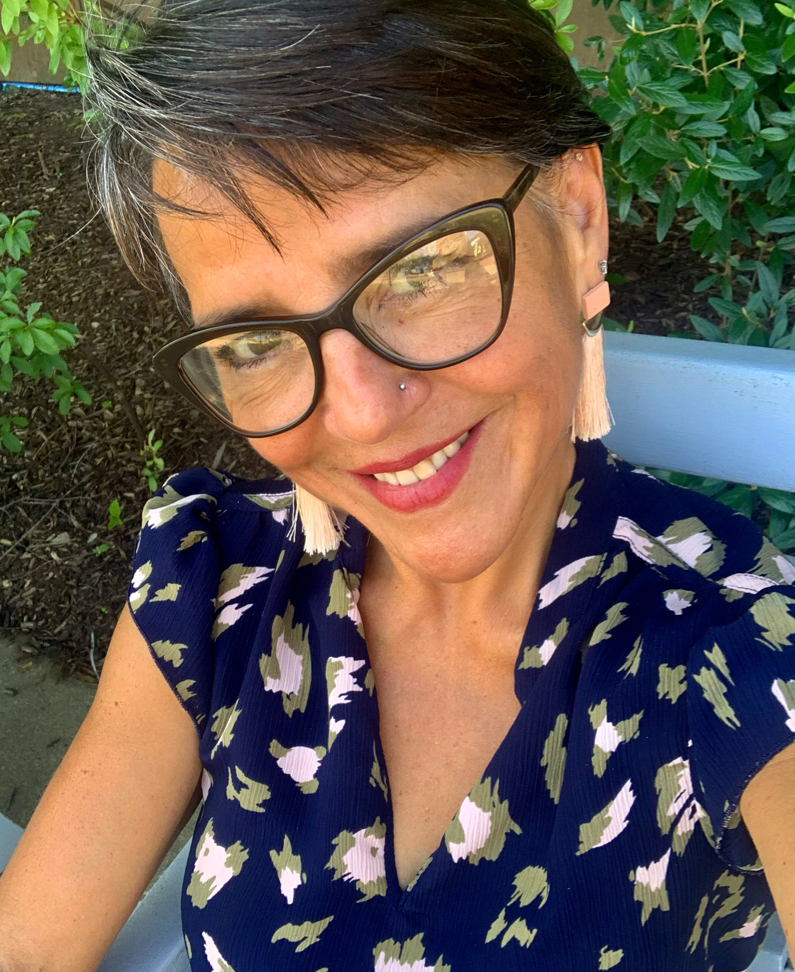
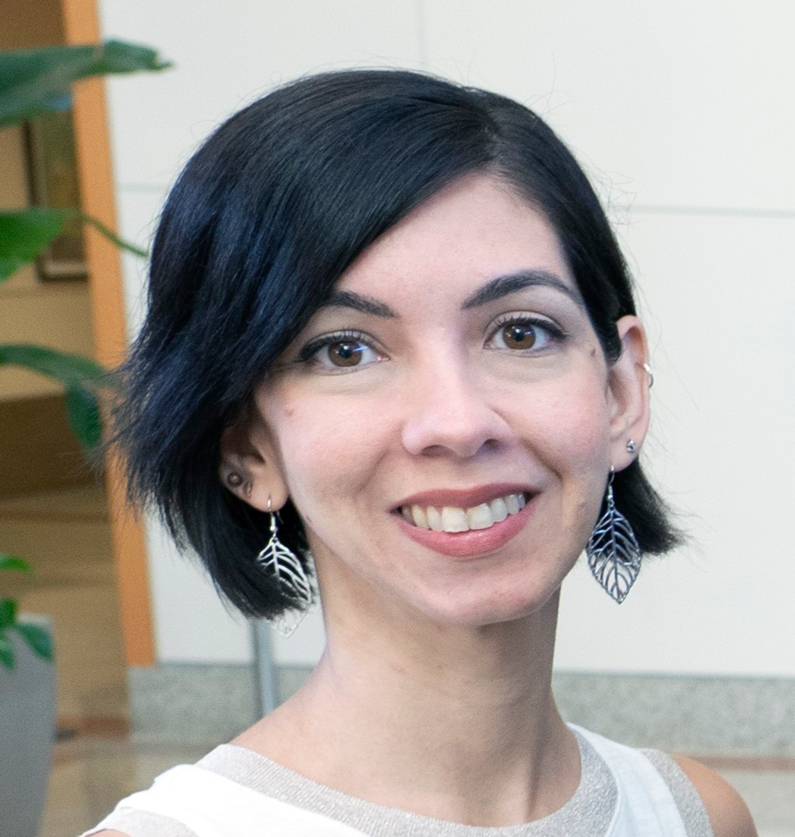


Norma Street, MS, RN, a registered nurse for 42 years, is a Perioperative Information System Application administrator in the Department of Clinical Research Informatics.
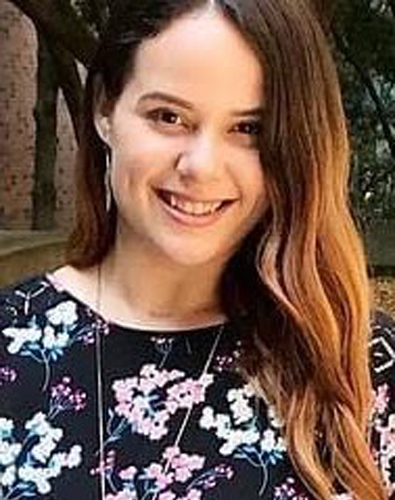
Sept. 15 through Oct. 15 marks Hispanic Heritage Month, a celebration of the people and culture that contribute to the nation's cultural mosaic. The CC News reached out to Clinical Center staff to find out what the month means to them and learn about their experiences.
By its nature, Hispanic is a broad definition that encompasses many different experiences and backgrounds.
“Our stories and backgrounds are as varied as the shades of brown on our skin” said Heidi Hobson.
Juan Carlos Fierro Pineda was born and raised in Chihuahua, Mexico, and after finishing Medical School, he practiced for a few years in Mexico.
"From caring for Indigenous people living in poverty in remote areas of Chihuahua with nothing other than a stethoscope, to working in the ER department amid the Mexican narco war - these experiences shaped me professionally and provided me with a better understanding of our Latinx communities in the U.S. and the healthcare disparities amongst them," said Fierro Pineda.
Rosa Garay Lopez, who works as a certified medical interpreter in the Clinical Center's Social Work Department, cited her Puerto Rican heritage as a part of her desire to overcome obstacles.
"My Puerto Rican heritage is me being loud, speaking really fast, and me not sitting around just waiting for things to happen," said Garay Lopez.
Maritza Frazer-Sinclair, a program specialist in the Health Information Management Division of the Department of Clinical Research Informatics, traces her roots back to Puerto Rico and New York, and calls herself "Nuyorican."
"How my heritage shaped me, it gave me the need to assist others as I have seen my parents, aunts and uncles do. The desire to assist even in the smallest way and always in the background," said Frazer-Sinclair.
Jose Maldonado, an administrative officer for the Office of Administrative Management, said that his heritage helped shaped the person he is today by hearing stories from his parents of "how my ancestors and generational family members took pride in themselves and their work."
The importance and influence of family was a recurring theme among those interviewed.
Norma Street, a Perioperative Information System Application administrator in the Department of Clinical Research Informatics, discussed the importance of family traditions as she grew up in Puerto Rico.
"My parents were very intentional about promoting traditions because as they said it fostered unity. And they were right! Traditional food was always made at home, there were always family/friends in the kitchen and laughter and loud music drowned [out] conversations! So, my world included many traditions that I continue to cultivate today with my own eclectic family here in Maryland" said Street.
Maria Fagoaga, a clinical analyst who specializes in lab informatics for the Department of Clinical Research Informatics, also emphasized the important role of food in family gatherings.
"The most special tradition is preparing traditional meals from scratch during the holiday season and family gatherings. Food is a central component in celebrating special moments or just gathering as a family - therefore cooking is a great way to bond," said Fagoaga.
Meanwhile, Brenda Robles, manager of the Language Interpreter Program in the Social Work Department, talked about her family's investment in education.
"My family is committed to education. We make it a priority to be present at the milestone of each other's lives, especially graduation events," said Robles.
Education also played an important role for Marina Dorfeo-Connor, a Hospital Administrative Officer with the Office of Administrative Management. She recounted her challenges with learning English and receiving recognition for her degree that she earned overseas. As she pursued her career at NIH she decided to further her education.
"I decided to go back to school to obtain a Master's in Healthcare Administration. I graduated a month before my oldest daughter graduated from college too. It was special! This education opened up doors for me to explore job opportunities," said Dorfeo-Connor.
While every experience is unique, the contributors to this story made a few recommendations for people interested in learning more about Hispanic cultures.
Garay Lopez suggested two books. "How the García Girls Lost their Accents by Julia Álvarez, and When I was Puerto Rican by Esmeralda Santiago. Also, by reading biographies of Hispanics in the arts, government, science and many other professions, you can notice some similarities and also see some differences in between themselves and their experiences," she said.
Fierro Pineda recommended people learn more about the story of Dr. Q.
"He [Dr. Q] is originally from Mexico and came to the U.S. as an undocumented immigrant when he was 19. He worked hard as a farm worker and became a world-renown neurosurgeon. He is featured in a Netflix documentary The Surgeon's Cut, and you can read his autobiography in the book Becoming Dr. Q," he recounted.
"This is indeed a fascinating story of success. But just like this one, many other excellent examples of perseverance, courage, and hard work from Latinx immigrants occur daily. Still, unfortunately, you won't find them in a book or a movie," added Fierro Pineda.
Dorfeo-Connor advocated for a movie.
"A film that really caught my heart is titled Sin Nombre from 2009. About the experiences of immigrants crossing the southern border. Although, this was not my personal experience, I knew several friends that came to the U.S. that way and what they went through during their journey," said Dorfeo-Connor.
Maldonado suggested people look up the Congressional Hispanic Caucus Institute. "It is a huge Hispanic media platform with a tremendous amount of great information for Latinos."
Staff also discussed the importance of mentors and role models, citing their co-workers and family members as important factors in the development and progression of their personal lives and careers. Key attributes like patience, graciousness, determination, support and guidance came up again and again.
"I believe that in every stage of my journey at the Clinical Center I have been lucky enough to have a role model and mentor that has dedicated time and guided me through my goals in that moment. Throughout my time at NIH I have been lucky enough to have different leaders, colleagues and even patients that have inspired me to keep learning and progressing to be the best version of myself," said Fagoaga.
(Editor's Note: if you are looking for a mentor or to provide mentorship, the NIH has a mentoring program which can be reached at nihmentoring@nih.gov)
According to the NIH Office of Equity, Diversity, and Inclusion the number of Hispanic staff at the NIH Clinical Center (4%) lags behind the Hispanic population in Montgomery County (20.5%) and Maryland overall (11.8%) (both figures from the 2020 U.S. Census).
"One of the insights that came from the [Clinical Center's] demographic data is, like much of the NIH, we have an under-representation problem in terms of Hispanic/Latino staff members. We have far fewer than the racial and ethnic mix in the area where we live and work would suggest," said Dr. James Gilman, Clinical Center CEO in his hospital Town Hall presentation [Staff Only] in April.
Staff had some suggestions on how to bring more Hispanic staff into the Clinical Center at all levels. Some expressed concern that the hospital didn't have a clear vision on diversity, equity and inclusion goals or assessing bias against Hispanic applicants. Respondents suggested that the teams/committees tasked with hiring expand to include more diverse opinions and approaches.
"It all starts with recruitment opportunities. Advertising bilingual positions is a great way to achieve this goal. Participating in local and national college employment recruitment events and pursuing creative avenues for employee recruitment like the Pathways Program and the IRTA Program are also great options. Engaging candidates through contract vehicles often exposes them to various opportunities at the NIH. And it's not always about credentials. We have to look at employment candidates holistically and creatively. Everyone has something to contribute if just given the opportunity and someone to believe in them," said Robles.
Committed to building a representative workforce, the Clinical Center is embarking on several equity initiatives. [Staff only]
The Clinical Center is a unique place, encapsulated in a story Hobson shared.
“When I began working here at the [hospital], I thought I had a great deal of experience with pediatric oncology. My very first encounter in the Pediatric unit, I interrupted ‘too many’ times (to my liking), to request clarification on terms and concepts before I could convey the message at hand. Embarrassed and frustrated, I took the time to apologize to the physician, telling him I was sorry for being unprepared. To which he responded: ‘You could have not been prepared. This is the 7th case in the world so far…’ I will always remember his kind remark.”
Valerie Velez Toro, a certified medical interpreter in the Clinical Center’s Social Work Department, summed up her experiences at the hospital and the rewards that come with it.
"I work with Hispanic patients, who come from different countries and backgrounds, every day. This reminds me of how rich our Hispanic heritage is. I invite everybody to broaden their horizons and learn more about the Hispanic experience in the United States. You would be surprised at the beautiful things we have to share."

Each year, Americans observe National Hispanic Heritage Month from Sept. 15 to Oct. 15, by celebrating the histories, cultures and contributions of American citizens whose ancestors came from Spain, Mexico, the Caribbean and Central and South America.
- The observation started in 1968 as Hispanic Heritage Week under President Lyndon Johnson and was expanded by President Ronald Reagan in 1988 to cover a 30-day period starting on Sept. 15.
- Sept. 15 is significant because it is the anniversary of independence for the Latin American nations Costa Rica, El Salvador, Guatemala, Honduras and Nicaragua.
- Roughly 13% of people 5 years and older in the United States speak Spanish.
- At about 62.6 million people, the Hispanic population of the United States makes up roughly one out of five (18.9%) people of the nation.
- According to the 2020 Census, 11.8% of Maryland's population is identified as Hispanic or Latino.
Learn more: https://www.hispanicheritagemonth.gov/

- Donovan Kuehn